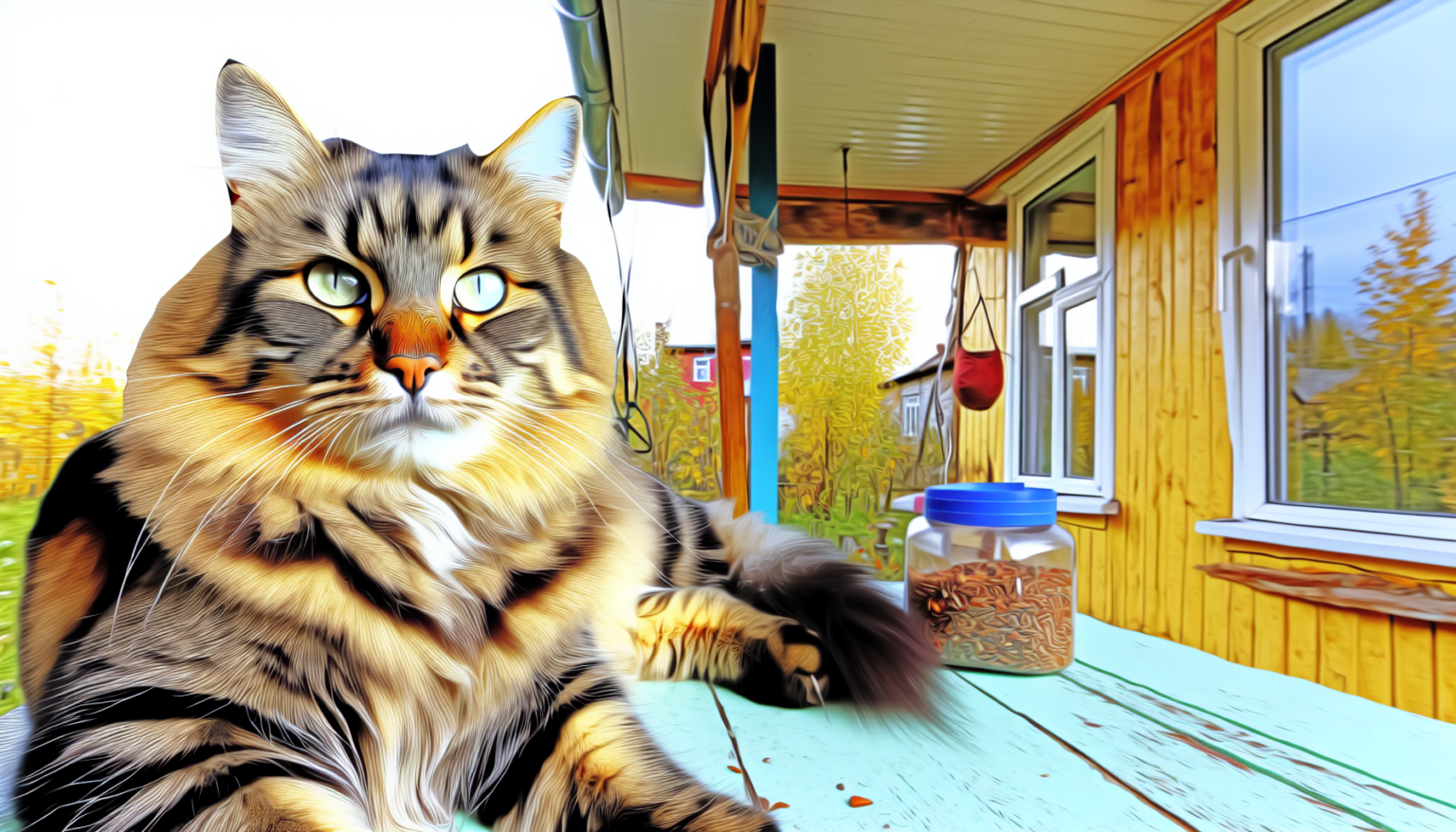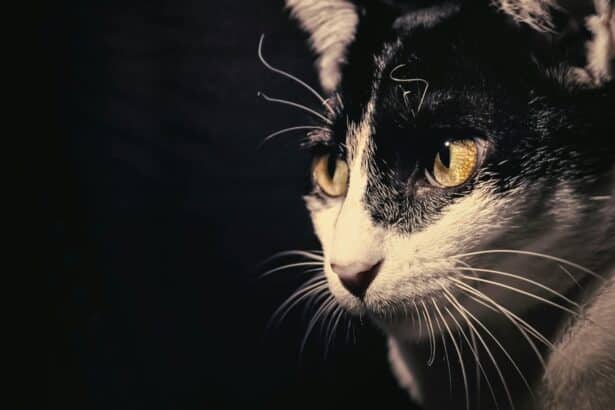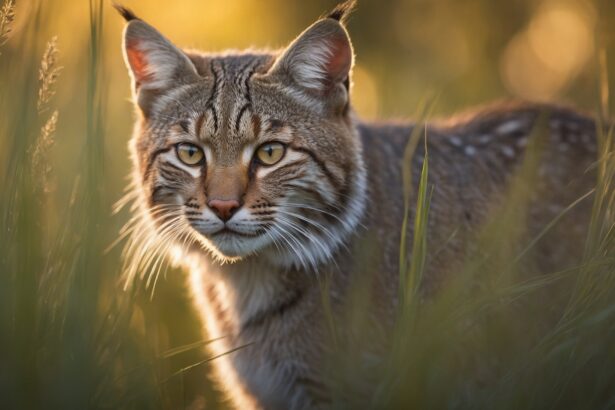Meet the Siberian cat in 2024
Snow-born, heart-warming, and wonderfully steady
The Siberian cat blends wild beauty with a gentle, people-oriented nature. Think plush triple coat, sturdy build, and a playful brain that loves a challenge. Curious if this floofy adventurer is your match?
Siberian cat at a glance
Looks and coat
Siberians are medium to large, muscular, and athletic, with round paws and a bushy tail that doubles as a winter scarf. Their coat is a true marvel: a water-resistant triple layer that keeps them comfy in all seasons.
Most colors and patterns are seen, including tabby, solid and—even depending on the registry—colorpoint (often called Neva Masquerade). Expect seasonal coat changes and a slow, majestic growth: many Siberians reach full maturity between 3 and 5 years.
Curious about other breeds too? Browse our cat breeds from A to Z to compare temperaments and care needs.
Personality and temperament
Affectionate without being clingy, the Siberian is a sociable family cat that loves to be where the action is. They’re playful, clever, and often chirp or trill rather than meow, which is downright charming.
Many enjoy water games (yes, some tap-watchers and paw-dippers live among us). They bond deeply with their humans and usually do well with respectful children and calm dogs.
Where to adopt a Siberian
Choosing a responsible cattery
Reputable catteries prioritize health, socialization, and transparency. Ask about health screening (e.g., heart checks), living conditions, and how kittens are socialized before going home.
Need a checklist to feel confident? Here’s how to choose a good cattery step by step, from first contact to kitten pick-up.
Adopting from a shelter or rescue
Rescued Siberians (and Siberian mixes) make wonderful companions. Take time to meet your future cat, ask about their habits and any known health points, and plan a gentle transition to your home.
Tip: bring a blanket with their scent to help them settle faster. Soft lighting, safe hideouts, and a calm room are the perfect welcome kit.
Everyday care for your Siberian
Diet: what to feed and how much
Choose a protein-forward diet with balanced fats, vitamins, and minerals. Portion control matters; these sturdy cats can put on weight if treats get too generous. Fresh water in multiple spots encourages hydration.
Want a simple feeding roadmap? See our guide to feeding your cat for portion ideas, wet vs. dry pros, and treat smarts.
Practical tip (original): On warm days, freeze a few spoonfuls of diluted tuna or chicken broth into ice cubes (no onions or garlic). Offer a cube in a ceramic dish for a cooling lick-and-play snack that boosts hydration and enrichment.
Health and prevention
Siberians are generally robust, but routine vet checks, vaccines, parasite prevention, and dental care are non-negotiable. Keep an eye on body condition, activity, and any changes in appetite or mood.
Breeders may screen for heart concerns in breeding lines; ask to see health protocols when adopting. Learn how to spot signs of illness early and when to call the vet.
Surprising fact: Many Siberians remain kittenish well into adulthood—expect bursts of zoomies and puzzle-solving enthusiasm even past their second birthday.
Grooming that respects the double coat
Brush once or twice weekly, and more during shedding seasons. Use a wide-tooth comb to reach the undercoat, then a soft slicker to finish. Pay extra attention behind the ears, armpits, and the pantaloons.
Common mistake to avoid: Shaving the double coat. It can disrupt natural temperature regulation, increase sunburn risk, and alter the coat’s texture. Opt for regular brushing and detangling instead.
Time-saving trick: Lightly dampen your hands and run them through the coat before brushing; static-prone undercoat clings to your palms, making knots easier to catch with the comb.
New to full-coat routines? Our cat grooming guide breaks down tools, techniques, and friendly habits to build.
Living happily with a Siberian
Home setup and enrichment
Provide vertical space, sturdy scratching posts, and a cozy window perch. These athletic cuddlers love to leap, observe, and retreat to a safe nook for power naps.
Rotate toys, introduce puzzle feeders, and schedule two short play sessions daily. A little routine goes a long way for balance and well-being.
Building a climbing paradise? Here’s how to choose a cat tree that’s stable, comfy, and truly used—no more decorative dust collectors.
FAQ
Are Siberian cats hypoallergenic?
They’re not truly hypoallergenic, but some individuals may produce lower levels of Fel d 1. Many allergy sufferers report better tolerance, yet reactions vary by person and cat.
How often should I brush a Siberian?
Once or twice weekly is ideal, daily during heavy sheds. Short, positive sessions with treats keep the routine stress-free and effective.
Do Siberians get along with kids and dogs?
Usually yes—with gentle introductions and clear boundaries. They’re sociable and confident, but every cat appreciates respectful handling and calm spaces.
How much exercise do they need?
Two focused play sessions a day plus vertical spaces keep them fit and content. Puzzle feeders and short training games challenge their bright minds.







